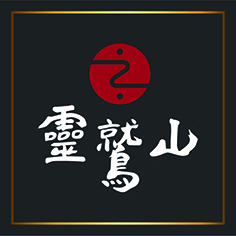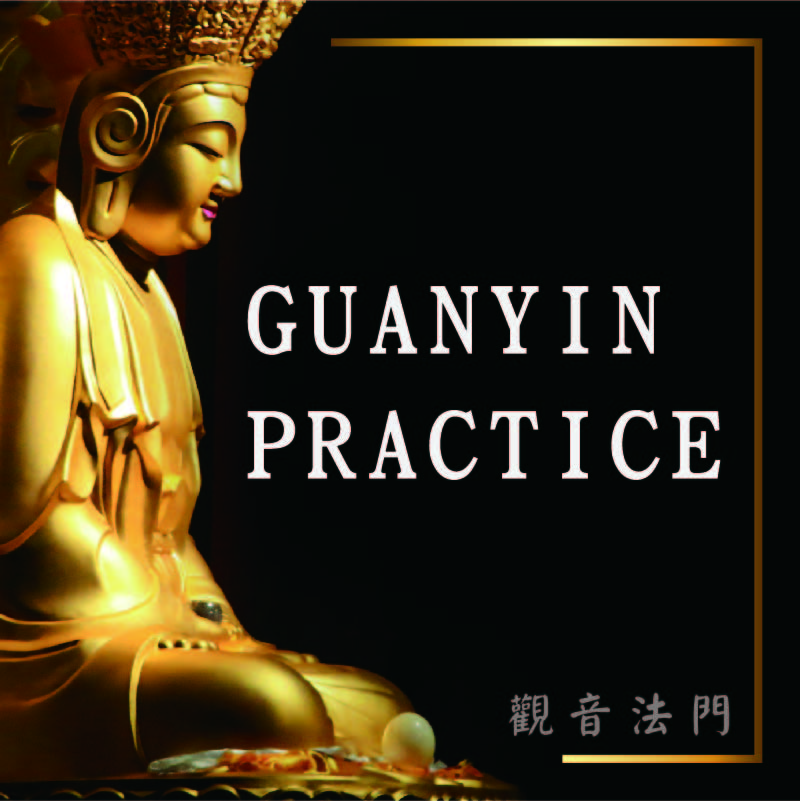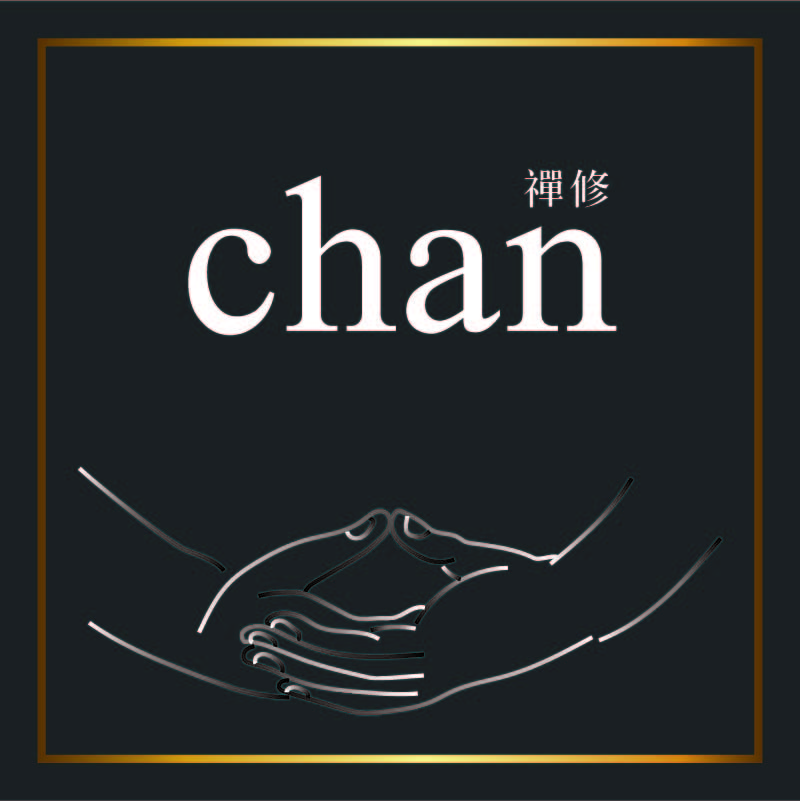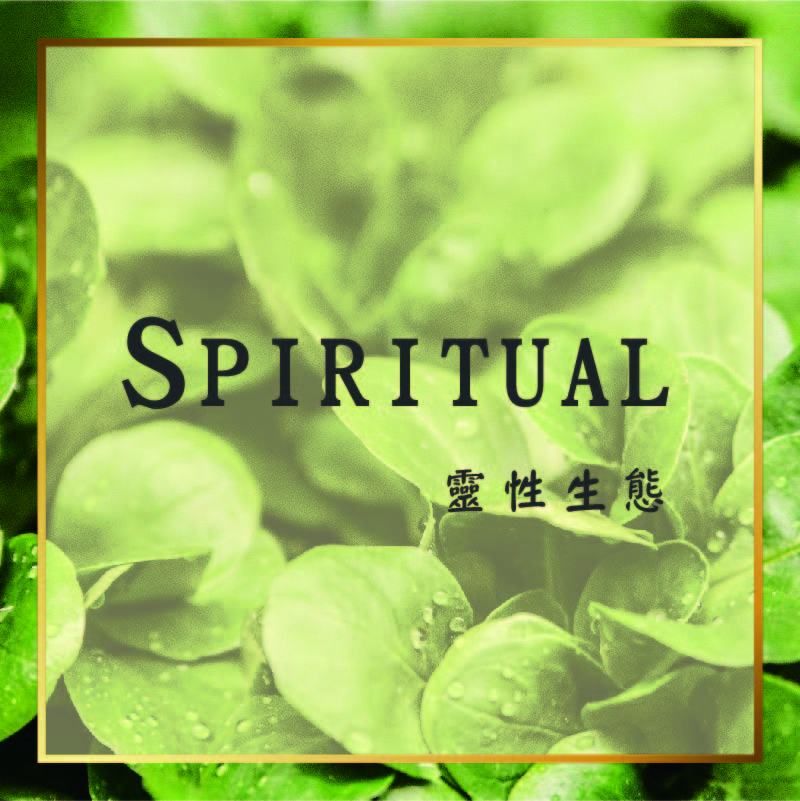
Contemplation in Everyday Living
 Dharma practice in daily life lies in contemplation. The more insightful the contemplative training, the closer liberation is within reach. The longer and more immersive one trains in contemplation, the sooner realization will follow. Conversely, when the training is infrequent, affliction increases, for when right mindfulness cannot arise, wrong views proliferate, and afflictions inevitably ensue. If our contemplation fixates on demonic influences, then we become demons ourselves. Thus, the more we observe in this non-virtuous manner, the more deluded we become. Therefore, our contemplative training must be grounded in right mindfulness and right thinking, for all phenomena are mind-projected, and the results are determined by one's own actions.
Dharma practice in daily life lies in contemplation. The more insightful the contemplative training, the closer liberation is within reach. The longer and more immersive one trains in contemplation, the sooner realization will follow. Conversely, when the training is infrequent, affliction increases, for when right mindfulness cannot arise, wrong views proliferate, and afflictions inevitably ensue. If our contemplation fixates on demonic influences, then we become demons ourselves. Thus, the more we observe in this non-virtuous manner, the more deluded we become. Therefore, our contemplative training must be grounded in right mindfulness and right thinking, for all phenomena are mind-projected, and the results are determined by one's own actions.
Moreover, every one of us engages in contemplative training for the benefit of oneself, whereas the Buddha's observing awareness encompasses the twofold benefit of the self and others. Though one might say there is “benefit for others” in our practice, it often only brings affliction to those around us. Being with such a person is unbearably painful. Why? Because we generate suffering by habitually contemplating the five afflictions of greed, aversion, ignorance, arrogance, and doubt. How could such contemplation lead to anything other than suffering? Of course it leads to suffering. Conversely, people often ask me, “Master, I feel happy when being around you, why is that?” This is because I refrain from giving rise to ideas rooted in the five afflictions, unlike you who are much more diligent at contemplating these things, far exceeding my skill level! I cannot get habituated with these afflictions, because if they bring suffering, why would I want to reinforce their presence?
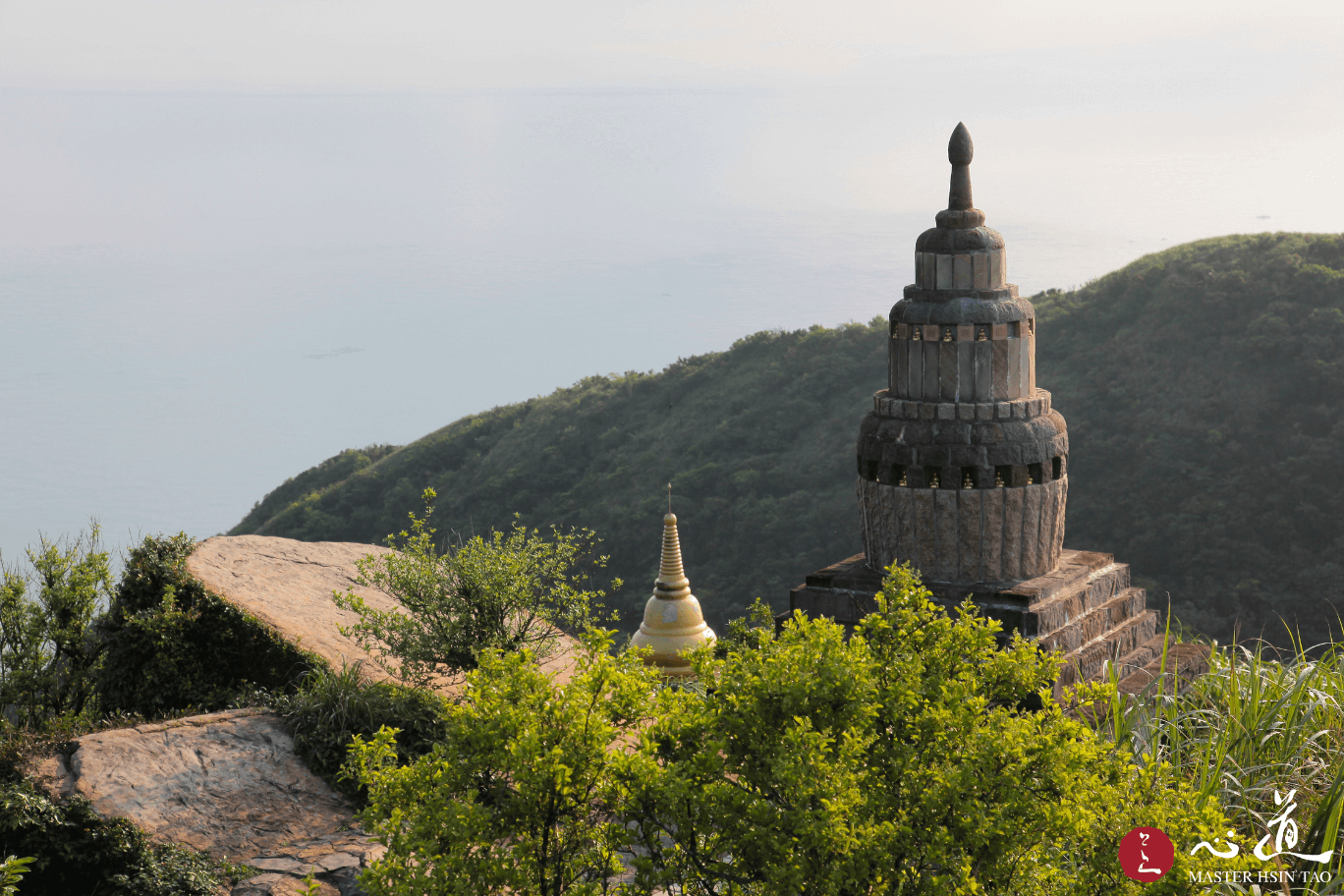 Thus, how is the path to be cultivated in daily life? Through diligent contemplative training. What is contemplation? It is the cultivation of discernment through analysis. And what do we contemplate? We contemplate “All conditioned dharmas are like a dream, an illusion, a bubble, a shadow. Like dew and lightning. Thus they should be perceived,” to see the notionlessness at the essence upon perceiving any notions. I have often instructed you to recite the Diamond Sutra and the Heart Sutra, yet few consistently do so. In truth, the Heart Sutra expounds the method of contemplation, and the Diamond Sutra likewise teaches the way to realize the unarising and the unceasing. If you are able to bring these teachings into daily living, that is true contemplative training. And so, what is the object of contemplation? We analyze and reflect that all phenomena are impermanent and illusory-like. In doing so, the mind is freed from these attachments and greediness—the state of non-abidance. “Non-abidance, such mind comes forth” is the mentality that a Chan practitioner should possess. Because we have yet to attain this state, we remain entangled in grasping and cannot abide nowhere, so we must engage in more contemplative training.
Thus, how is the path to be cultivated in daily life? Through diligent contemplative training. What is contemplation? It is the cultivation of discernment through analysis. And what do we contemplate? We contemplate “All conditioned dharmas are like a dream, an illusion, a bubble, a shadow. Like dew and lightning. Thus they should be perceived,” to see the notionlessness at the essence upon perceiving any notions. I have often instructed you to recite the Diamond Sutra and the Heart Sutra, yet few consistently do so. In truth, the Heart Sutra expounds the method of contemplation, and the Diamond Sutra likewise teaches the way to realize the unarising and the unceasing. If you are able to bring these teachings into daily living, that is true contemplative training. And so, what is the object of contemplation? We analyze and reflect that all phenomena are impermanent and illusory-like. In doing so, the mind is freed from these attachments and greediness—the state of non-abidance. “Non-abidance, such mind comes forth” is the mentality that a Chan practitioner should possess. Because we have yet to attain this state, we remain entangled in grasping and cannot abide nowhere, so we must engage in more contemplative training.






